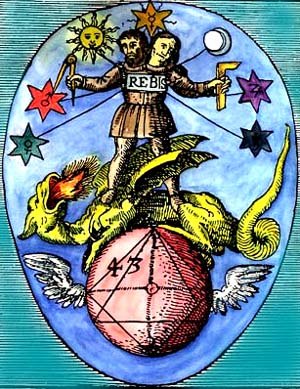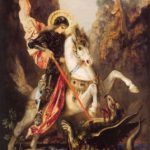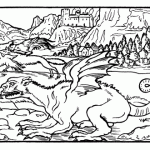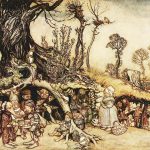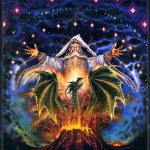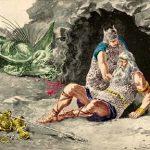Alchemy is a mixture of philosophy and science, which has been practiced for centuries, and is still practiced today. It works at two levels: the physical, and the metaphysical. At the metaphysical level, it works to purify and transform humankind. At the physical level, it works to purify and transform metals. The first step of the transformation of metals is creating a philosopher’s stone. This stone can then be used to transmute metals into alchemical gold. When a substance has been purified, it becomes philosophic.
Allegory
Allegories describe chemical reactions and the like, using symbols. The dragon is one of these symbols. For example, a green dragon devouring the Sun means that the gold was dissolved in aqua regia (royal water), a mixture of nitric and hydrochloric acids. Also, the gold probably contained copper, which turns the acid blue-green. (A green lion eating the sun can also been used for this representation). This symbolism was used as a way of preventing all but the most dedicated from deciphering the meaning.
Caduceus
The caduceus consists of two serpents entwined around a central rod. It is the symbol of Mercury. This symbol was developed from the myth of Mercury, the messenger of the gods, who intervened in a fight between two serpents. When he intervened, the serpents twined around his wand. In Greek times, the caduceus sometime had wings, to symbolize the volatility of mercury. Alchemists also call mercury chaotic water, abysmal water, sylvery water, and Philosophical Basilisk.
Philosophic Mercury is sometimes represented by a serpent, or winged dragon.
Cinnabar
Cinnabar is a naturally occurring mercuric sulphide. In it’s natural state, it is a red crystalline solid. Chinese and Arabian alchemist’s extracted mercury from it. The word ‘cinnabar’ comes from the Persian for ‘dragon’s blood’.
Nagayuna
Nagayuna is the Indian branch of alchemy. The aim is to preserve the elixir of life, in order to unify the body’s energies. The symbol of the naga (two entwined serpents) is used to represent the link between the earth and the heavens, and the transition from the lower levels to the higher. This symbol can be found outside temples, on stone tablets (called ‘nagahals’ or ‘nagakals’)
Twelve Keys
The Twelve Keys were written by Basil Valentine (who may or may not have been real) in the 14th century. They depict how to prepare the prime matter for making the philosopher’s stone. The keys show the King (ordinary gold), and the Queen (ordinary silver), who undergo separate adventures, before combining. Serpents appear several times in the keys. One of the appearances is in the ninth key. Part of the ninth key shows three serpents: the principles of Mercury, Sulphur and Salt.

